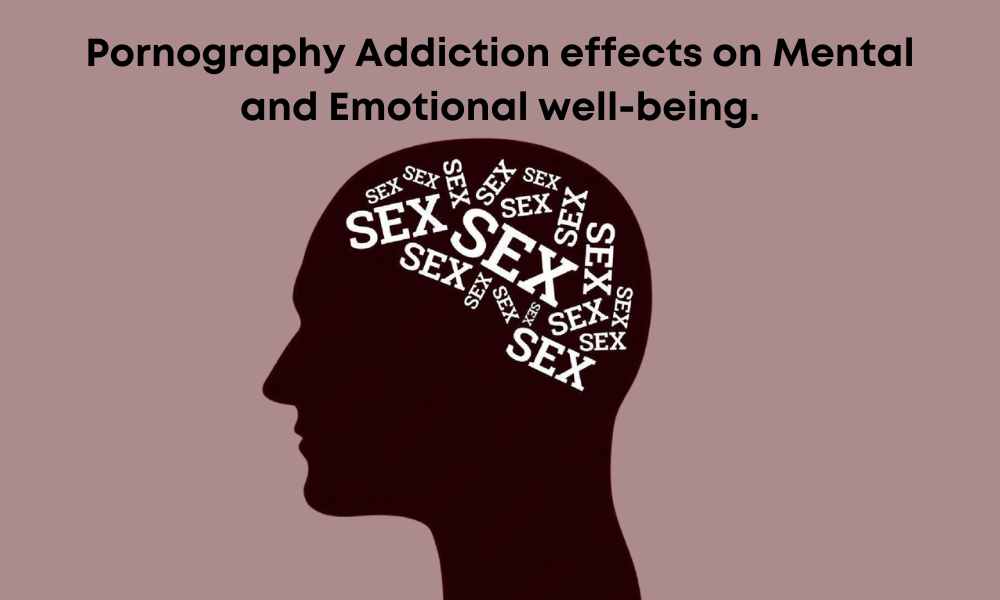
Mental well-being of young people who are experiencing issues is at an all-time high. There are many documented reasons, from the rising potency of marijuana to the prevalence of video game addiction. There is a potential link to aggression. Many parents, educators, and health professionals are seeking answers and solutions. Understanding these modern challenges is the first step toward effective prevention and intervention.

The Cannabis-Mental Health Connection
The landscape of cannabis has changed dramatically. The THC (tetrahydrocannabinol) content—the main psychoactive component—in modern marijuana strains is significantly higher than decades ago. It is making it more potent and potentially more addictive.
Key Risks for Youth:
* Increased Risk of Psychosis: Research strongly suggests that early and frequent use of high-potency cannabis is a risk factor for developing schizophrenia and other psychotic disorders. It particularly affects individuals with a genetic predisposition.
* Worsened Anxiety and Depression: While some may use cannabis to self-medicate, heavy use can paradoxically increase symptoms of anxiety and depression over time.
* Impaired Cognitive Development: The adolescent brain is still developing, and regular exposure to THC can interfere with memory, attention, and learning.

The most effective strategy is prevention through education. Programs must focus on:
* Science-Based Facts: Clearly communicate the risks of high-potency THC and its effects on the developing brain.
* Delaying Initiation: Emphasize that the risk for mental health issues decreases significantly by simply delaying use until adulthood, when the brain is more fully developed.
* Early Intervention: Screen young people for signs of substance use disorder and co-occurring mental health conditions.
Video Games: Addiction and the Myth of Violence
The connection between video games, addiction, and violence is often debated. While video game addiction is a recognized mental health concern (classified as “Gaming Disorder” by the WHO), the link between video games and youth violence is complex and largely unsubstantiated by major scientific reviews.
Understanding Gaming Disorder:
Gaming Addiction is characterized by a persistent or recurrent pattern of gaming behavior (“digital-gaming” or “video-gaming”) manifested by:
* Impaired Control: Inability to limit time, frequency, or context.
* Priority Given to Gaming: Gaming takes precedence over life interests and daily activities (school, work, relationships).
* Continuation Despite Negative Consequences: Playing even when it results in significant problems.

The solution is not prohibition, but balance and skill-building:
* Setting and Enforcing Limits: Parents should work with their children to set firm, consistent time limits for gaming, ensuring adequate time for sleep, exercise, and school.
* Encouraging Alternatives: Actively promote and provide opportunities for real-world social interaction, sports, hobbies, and creative outlets.
* Focus on Underlying Issues: Excessive gaming is often a symptom of underlying anxiety, loneliness, or depression. Address the root cause with professional help.

Image Courtesy of Home – San Jose Counseling – Dr. Invia Betjoseph
Other Addictions and The Underlying Crisis
It’s crucial to recognize that many other modern behaviors can become addictive, especially in an age of constant connectivity. Social media addiction, pornography consumption, and excessive screen time all present similar challenges to impulse control and mental health.
The common thread linking substance abuse, behavioral addictions, and mental health crises is often a fundamental breakdown in coping skills and a lack of emotional resilience.

Solving these issues requires a multi-pronged, systemic approach that empowers youth and supports families:
* Prioritize Mental Health Literacy: Implement comprehensive social-emotional learning (SEL) programs in schools to teach kids how to identify, label, and regulate their emotions.
* Strengthen Family Communication: Create safe spaces at home for open, non-judgmental dialogue about substance use, online activity, and stress. Connection is a strong deterrent to addiction.
* Increase Access to Care: Advocate for better funding and accessibility for youth-focused mental health services, including therapy and addiction counseling.
* Promote Digital Detox: Encourage regular, scheduled “tech breaks” and ensure bedrooms are screen-free zones to prioritize sleep and offline connection.
By focusing on education, early intervention, and building emotional resilience, we can help young people navigate the complexities of the modern world and foster genuinely healthy futures.
MUST READS
Hollywood News: The Debate on AI And If It Will Replace Actors and Creators? – News Talk Florida

Viorica Bruni Editor Athletica Sports Web Publication Home 1 – Athletica Sports
Content Creator Collective Audience Media












